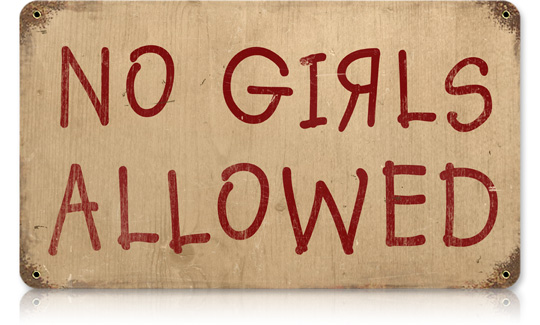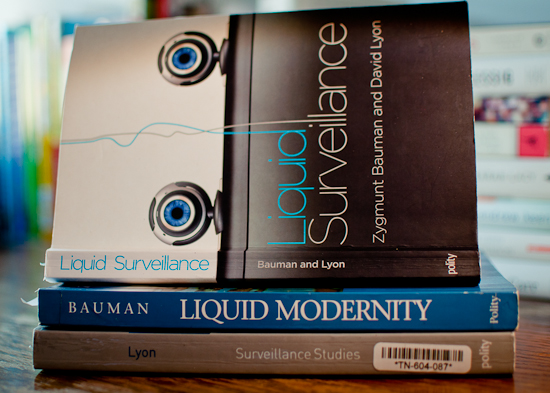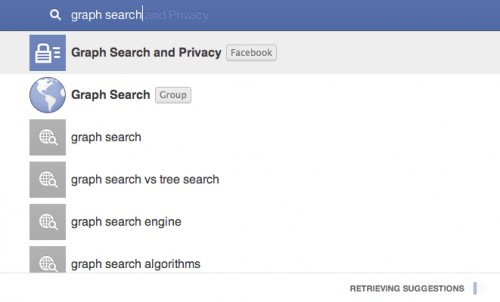 If you’re a regular reader of Cyborgology, chances are good that you caught the most recent “brouLOL” (yes, that’s like a 21st century brouhaha) over digital dualism and augmented reality. If you’re a careful reader of Cyborgology, chances are good you also caught (at least) one glaring omission in much of the writing featured in this wave of commentary. What was missing?
If you’re a regular reader of Cyborgology, chances are good that you caught the most recent “brouLOL” (yes, that’s like a 21st century brouhaha) over digital dualism and augmented reality. If you’re a careful reader of Cyborgology, chances are good you also caught (at least) one glaring omission in much of the writing featured in this wave of commentary. What was missing?
Ladies, gentlemen, and cyborgs, allow me to (re)introduce you to Jenny Davis (@Jup83) and Sarah Wanenchak (@dynamicsymmetry)—oh yeah, and my name’s Whitney Erin Boesel (I’m @phenatypical). None of us identify as men, and all of us have written about digital dualism. In fact, you may have seen our work referenced recently under some collective noms de plume: “the other digital dualism denialists,” “others on this blog,” “others,” “other Cyborgologists,” “other regular contributors,” etc. If you’re a crotchety sociologist with a penchant for picking apart language (ahem: guilty), it doesn’t get much better than this. During the conversation earlier this month, the named and cited Cyborgologists were (almost) always men—while Jenny, Sarah, and I were referenced obliquely (at best) in an unnamed “other” category. more...








